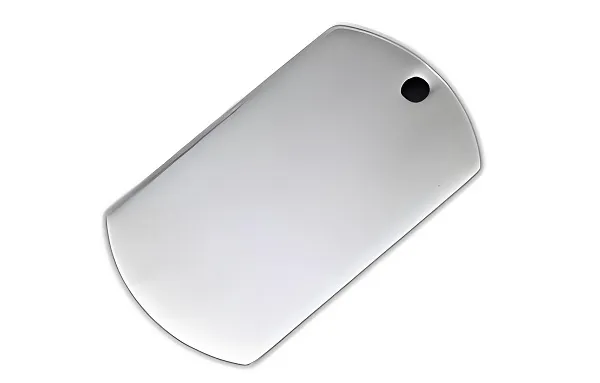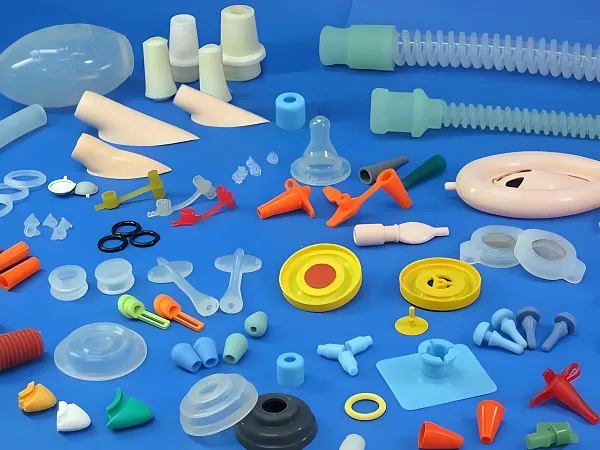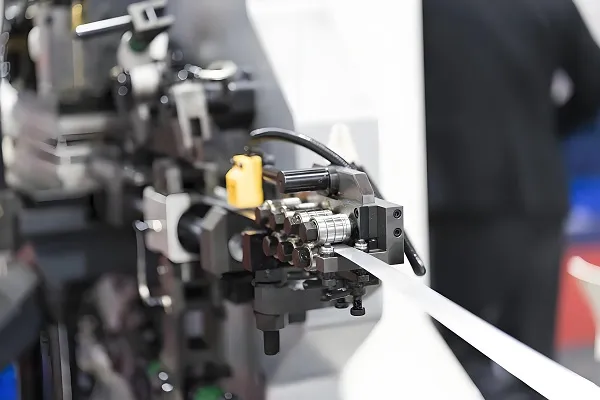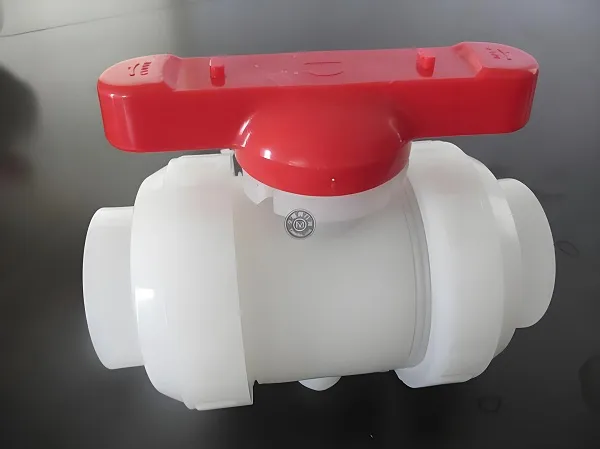Heavy equipment parts are the unsung heroes that keep industries like construction, mining, and agriculture running smoothly. These parts are designed to withstand extreme conditions, from the punishing impacts of a demolition site to the abrasive environments of a mine. Xiamen Goldcattle, with over 26 years of experience, specializes in producing custom heavy equipment parts, ensuring that each component meets the highest standards of durability and performance.
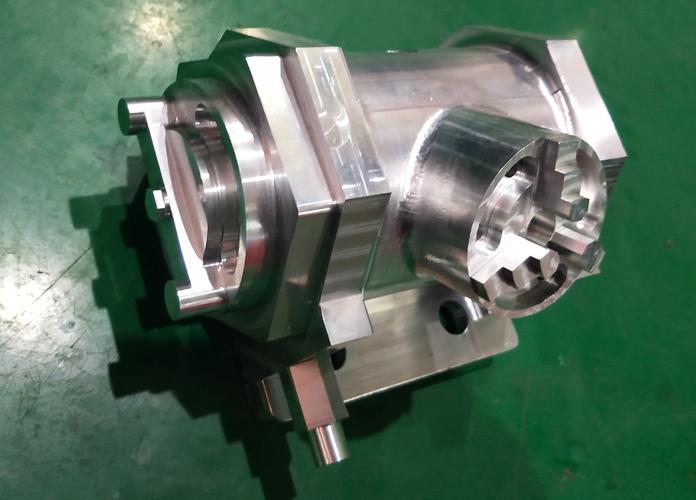
1. Advanced Processing Technologies for Heavy Equipment Parts
Modern manufacturing of heavy equipment parts relies on a suite of advanced technologies to achieve precision and efficiency.
CNC Machining: The Precision Workhorse
CNC (Computer Numerical Control) machining is a staple in heavy equipment part production. With 5-axis machining centers, manufacturers can achieve tolerances as tight as ±0.005mm, which is crucial for parts like hydraulic valves and engine components. For example, in the production of a hydraulic valve body, the 5-axis CNC milling machine can precisely carve out complex internal channels and surfaces, ensuring optimal fluid flow and pressure control.
Precision Molding for Consistency
Molding techniques, such as injection molding for plastics and die casting for metals, are used to create parts with consistent shapes and dimensions. In the case of plastic parts like tractor cab interiors, injection molding allows for mass production with high repeatability. The process starts with creating a mold cavity based on the part design. Molten plastic is then injected into the cavity under high pressure, taking the shape of the mold. Once cooled and solidified, the part is ejected, ready for finishing touches.
3D Printing: Revolutionizing Prototyping and Small – Batch Production
3D printing, or additive manufacturing, has emerged as a game – changer in heavy equipment part production. It enables the rapid creation of complex prototypes, such as gear housings with intricate internal structures. By building the part layer by layer from a digital model, 3D printing allows for design flexibility that traditional manufacturing methods can’t match. In addition to prototyping, 3D printing is also used for small – batch production of specialized parts, reducing lead times and costs associated with tooling for traditional manufacturing.
Metal Stamping for High – Volume Production
Metal stamping is a cost – effective method for producing large quantities of flat or simple – shaped metal parts, like brackets and plates. A metal sheet is placed between a die and a punch, and a press applies high pressure to shape the metal according to the die’s pattern. This process can create parts with excellent dimensional accuracy and surface finish, making it ideal for structural components in heavy equipment.
2. Durable Materials for Heavy Equipment Parts
The choice of material for heavy equipment parts is critical, as these parts must endure harsh operating conditions.
Alloy Steels: Strength and Durability
Alloy steels, such as 42CrMo, are widely used in heavy equipment due to their high strength and excellent wear resistance. Gears and shafts, which are subjected to high loads and constant rotation, are often made from alloy steels. Heat treatment processes, like quenching and tempering, can further enhance the mechanical properties of these steels, increasing their hardness and toughness.
Stainless Steels: Corrosion Resistance
In applications where exposure to moisture or corrosive substances is common, stainless steels like 304 and 316 are the materials of choice. Agricultural machinery that operates in wet fields or mining equipment exposed to acidic minerals benefits from the corrosion – resistant properties of stainless steel. Parts such as water pumps in agricultural equipment and structural components in mining machinery can be made from stainless steel to ensure a long service life.
Engineering Plastics: Lightweight and Durable
Engineering plastics, such as PA66 with glass fiber reinforcement, offer a lightweight alternative to metals in some applications. These plastics are used for parts like bushings and pulleys, where their self – lubricating properties and high strength – to – weight ratio are advantageous. The addition of glass fibers to PA66 improves its mechanical strength, making it suitable for use in heavy equipment where weight reduction can lead to increased fuel efficiency and reduced wear on other components.
Brass and Copper: Conductivity and Machinability
Brass and copper are valued for their excellent electrical conductivity and good machinability. They are commonly used for hydraulic fittings and electrical components in heavy equipment. For example, brass fittings are used in hydraulic systems because they can be easily machined into the precise shapes required for leak – free connections, and their corrosion resistance ensures the integrity of the hydraulic system.
3. Step – by – Step Processing Flow for Heavy Equipment Parts
A well – structured manufacturing process is essential to ensure the quality of heavy equipment parts.
Demand Analysis
The process begins with a thorough review of the customer’s requirements. Engineers examine 2D or 3D drawings, discuss the part’s working conditions (such as temperature, load, and chemical exposure), and confirm performance specifications. For a part used in a high – temperature environment, like a mining crusher’s wear part, the engineer will need to understand the exact temperature range and the nature of the materials being crushed to select the appropriate material and design.
Material Sourcing and Testing
Once the requirements are clear, manufacturers source certified materials and conduct a series of tests. Hardness tests are performed to ensure the material has the appropriate resistance to deformation, while tensile tests measure the material’s ability to withstand stretching forces. Corrosion tests are carried out for parts that will be exposed to harsh environments. For example, if a part is to be used in a salt – water – rich coastal construction site, a salt – spray corrosion test will be conducted on the candidate materials.
Precision Processing
Based on the part design, manufacturers choose the most suitable processing method, such as CNC machining, molding, or stamping. For complex parts, multi – axis CNC machining may be required. The machining process is carefully programmed to ensure that each cut and operation is executed with precision. In injection molding, the temperature, pressure, and cooling time are precisely controlled to produce parts with consistent quality.
Surface Treatment
Surface treatment is applied to enhance the part’s performance. Plating, such as zinc plating, can improve corrosion resistance, while painting provides an additional layer of protection against environmental factors. Heat treatment, like carburizing for gears, increases the surface hardness, improving wear resistance. The carburizing process involves introducing carbon into the surface of the gear through a chemical reaction at high temperatures, followed by quenching and tempering to achieve the desired hardness profile.
Quality Inspection
Quality inspection is a multi – step process. Coordinate Measuring Machines (CMMs) are used to check the part’s dimensions against the design specifications. Ultrasonic testing is employed to detect internal defects, such as cracks or voids. Visual inspections are also carried out to identify any surface imperfections. For critical parts, 100% inspection is standard to ensure that no defective parts are shipped.
Packaging and Delivery
After passing inspection, parts are carefully packaged to prevent damage during shipping. Custom packaging may include cushioning materials and protective enclosures. Reliable logistics partners are then engaged to ensure on – time delivery, with options for tracking the shipment to keep the customer informed.
4. Customizing Your Heavy Equipment Parts
Getting custom heavy equipment parts is a straightforward process.
Share Your Requirements
Start by providing detailed information, such as 2D or 3D drawings in formats like AutoCAD or SolidWorks. If drawings are not available, a sample part can be provided. Include details about the part’s size, material preferences, quantity, and the specific working environment it will be used in. For example, if the part will be used in a high – altitude mining operation with low oxygen and extreme cold, this information is crucial for the manufacturer to select the right material and design.
Engineer Consultation
Manufacturers’ engineering teams will then review the requirements and provide advice on material options, processing methods, and cost optimization. They may suggest alternative materials that can meet the performance requirements at a lower cost or more efficient processing methods to reduce lead times. For instance, if the initial material choice is expensive and difficult to machine, the engineer may propose a similar alloy with better machinability without sacrificing performance.
Prototype Production
A functional prototype is produced within 3 – 7 days. This prototype is used for fit and performance testing. It allows the customer to verify that the part meets their expectations before proceeding with mass production. If any adjustments are needed, the manufacturer will work with the customer to make the necessary changes to the design.
Bulk Production
Once the prototype is approved, mass production begins. The manufacturer will implement strict quality control measures throughout the production process and provide regular progress updates to the customer, often through an online tracking system. This transparency ensures that the customer is informed about the status of their order at all times.
5. Application Fields of Heavy Equipment Parts
Heavy equipment parts are used across a wide range of industries.
Construction Machinery
In construction, parts like hydraulic cylinder parts are crucial for the operation of excavators, loaders, and cranes. Excavator bucket teeth need to be highly wear – resistant to withstand the constant digging and scraping of hard materials. Bulldozer track links must be strong enough to support the machine’s weight and endure the rough terrain of construction sites.
Agricultural Equipment
Tractor gearbox components are essential for transmitting power and controlling the tractor’s speed and torque. Harvester cutting parts need to be sharp and durable to efficiently cut through crops. Irrigation system fittings must be corrosion – resistant to ensure a long – lasting and reliable water supply in agricultural fields.
Mining Machinery
Mining machinery operates in some of the harshest environments. Crusher wear parts, such as jaws and cones, are constantly exposed to the abrasive action of rocks and minerals. Conveyor belt rollers need to be robust to transport heavy loads of ore over long distances. Drilling equipment bits must be able to penetrate hard rock formations while maintaining their integrity.
Industrial Heavy Machinery
In industrial settings, compressor valves control the flow of gases in compressors, and pump impellers are responsible for moving fluids. Generator structural parts provide the necessary support and stability for generators. These parts need to be manufactured with high precision to ensure the efficient operation of industrial machinery.
6. Processing Challenges in Heavy Equipment Parts Manufacturing
Manufacturing heavy equipment parts comes with its own set of challenges.
Tight Tolerances for Interchangeability
Parts like hydraulic connectors need to fit together perfectly to prevent leaks. Achieving tolerances within ±0.01mm can be extremely challenging, especially when dealing with large – scale parts. Manufacturers must use advanced machining techniques and high – precision measuring equipment to meet these tight tolerances.
Hard Material Machining
Materials like tungsten carbide, which are used in mining tools for their extreme hardness, are difficult to machine. Specialized cutting tools, such as diamond – coated tools, are required to cut through these hard materials without causing excessive wear or damage to the tool. Additionally, precise control of cutting parameters, such as speed and feed rate, is necessary to ensure a successful machining process.
Large Part Deformation
Structural steel parts that are over 2 meters in length or have large cross – sectional areas can be prone to deformation during processing. Heat generated during machining, forging, or welding can cause the part to warp. To mitigate this, manufacturers use techniques like pre – stressing, proper clamping during machining, and controlled cooling after heat treatment.
7. Expert Processing Tips for Heavy Equipment Parts
Manufacturers employ several strategies to ensure smooth production.
Optimize Tool Paths
Before starting CNC machining of complex parts, engineers simulate the tool paths using specialized software. This allows them to identify and correct any potential issues, such as tool collisions or inefficient cutting paths. By optimizing the tool paths, cutting time can be reduced, and tool wear can be minimized, leading to cost savings and higher – quality parts.
Pre – Heat Treatment
For materials like alloy steel, pre – heat treatment, such as annealing, is carried out before machining. Annealing reduces the material’s hardness, making it easier to cut. This not only extends the life of the cutting tools but also improves the surface finish of the machined part.
Coolant Selection
When machining materials like stainless steel, which tend to generate a lot of heat during cutting, high – pressure coolant systems are used. The coolant serves multiple purposes: it cools the cutting tool, reducing wear, and it flushes away chips, preventing them from interfering with the machining process. The right coolant also helps to improve the surface finish of the part.
Post – Processing Checks
After surface treatment, 100% visual inspections are conducted to detect any defects, such as cracks in the plating or uneven painting. This ensures that only parts with the highest quality surface finish are shipped to the customer.
8. Common Questions About Heavy Equipment Parts
Q: How long do custom heavy equipment parts last?
A: The lifespan of a part depends on various factors, including the material used, the operating conditions, and the quality of manufacturing. Alloy steel parts in low – stress environments can last for 5 years or more. However, wear parts like bucket teeth, which are subjected to constant abrasion, may need to be replaced every 6 – 12 months with heavy use.
Q: Can you match existing part specifications?
A: Yes, manufacturers can reverse – engineer parts even without drawings. By analyzing a sample part, they can determine the material composition, dimensions, and manufacturing processes used to create an exact replica or an improved version.
Q: Do you offer small – batch production?
A: Many manufacturers, including Xiamen Goldcattle, offer small – batch production, with batch sizes ranging from 10 to 10,000+ parts. There is often no minimum order for prototypes, making it accessible for customers with smaller requirements.
9. Get Your Custom Heavy Equipment Parts from Xiamen Goldcattle
When you need reliable, precision – made heavy equipment parts, Xiamen Goldcattle is the partner to choose. With over 26 years of experience in the industry, ISO 9001 certification, and a state – of – the – art manufacturing facility, we are equipped to handle all your custom part needs. Whether you require hydraulic parts, structural components, or wear – resistant parts, our team of experts is ready to assist.



